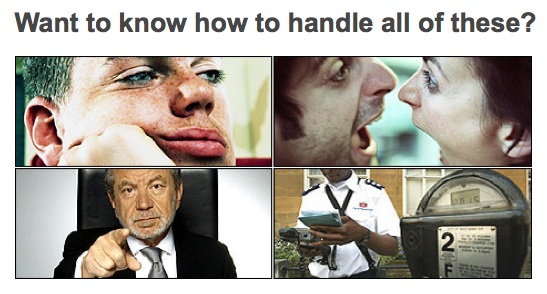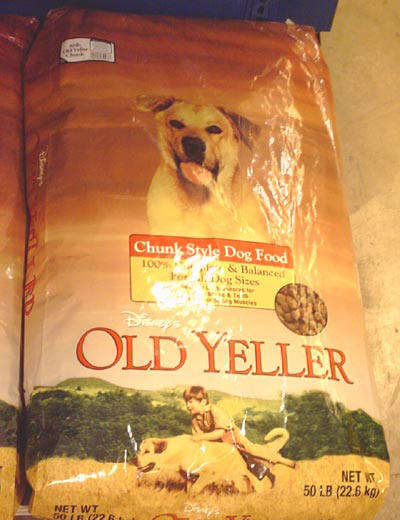I’m working on an academic article about Harlot, and the irony does not make it a smoother process… so I was out in the backyard weeding.
I enjoy the excuse to sit around outside, but I always have qualms about weeding–in part, because I’m never quite sure I’m pulling the right ones. But even more so, because I get uncomfortable about messing with nature. (Or rather, “nature,” since this is my urban and bricked backyard, after all.) I have these funny guilty feelings about killing something that’s growing, like its an environmental sin (cue Catholic upbringing) to in any way interfere with the natural course of, well, nature. I know that this isn’t logical, that there are immense and innumerable complicating factors… but still.
Side note: My students were so put off by Gore’s rhetorical choices in An Inconvenient Truth that they seem to have found the movie less than persuasive. It sure as hell worked on me. I’ve always considered myself an environmentalist. But now, all the time, I think about these things, the tiny details of our relationship with the earth. Negotiations and love songs.
Anyway, back in the garden, I’ve found that I can pretty comfortably pull the weeds that grow up in between the bricks of the patio, or where they might adversely affect our vegetable plants. I don’t want to analyze this, but I also tend to be more lenient with the ones I like, like clover. So delicate and pretty, no harm there. Today I didn’t yank a big ugly dandelion because there was a ladybug on it. Not logical, but a system is developing.
I weed the human areas and try to let the plant areas mostly alone. Which brings me to the borders, the lines that can be drawn and redrawn, the liminal spaces, the messy areas. I thought maybe I’d take a hard line and just declare a point past which the weeds are not welcome. But that line is hard to draw–and more importantly, I thought, they place the weeds within the surrounding areas in an interesting and precarious position. They’re in contested space (in my head, at least) between human and natural environments–and again, I wonder, who am I to decide? Plus, I’ve read Anzaldua and believe in the dynamic, disruptive potential of the borderlands. Again, not necessarily the most logical thought process… But for now, I’m going to let those spaces be, just to see what happens there.
Which brings me back to that paper about Harlot, into which I now think I should work some of these ideas about the messiness and growth potential of such border spaces. That’s some good gardening.


